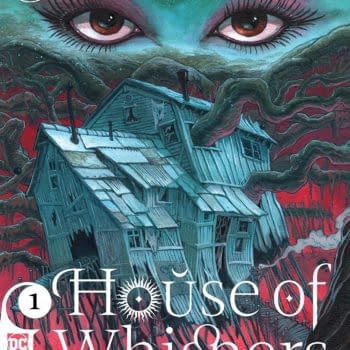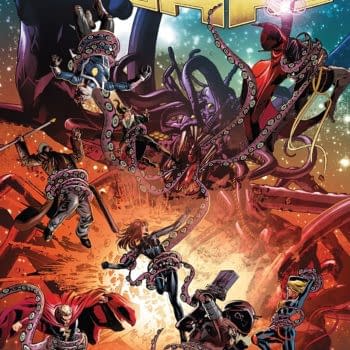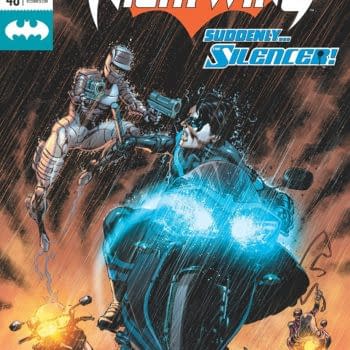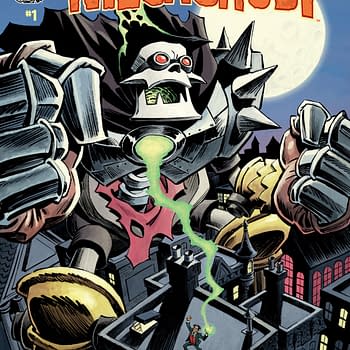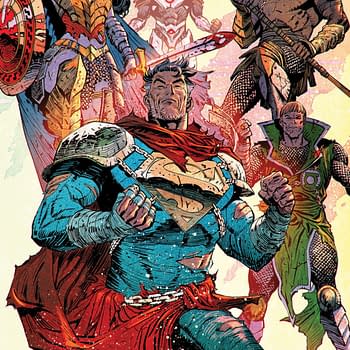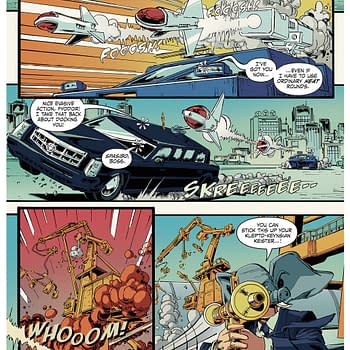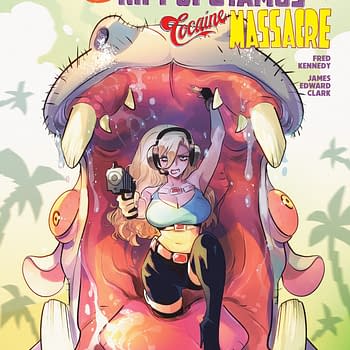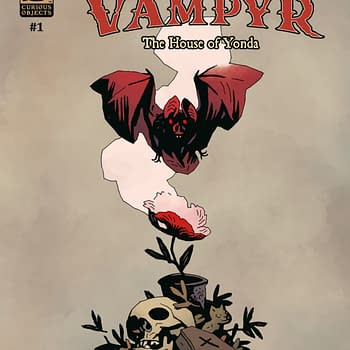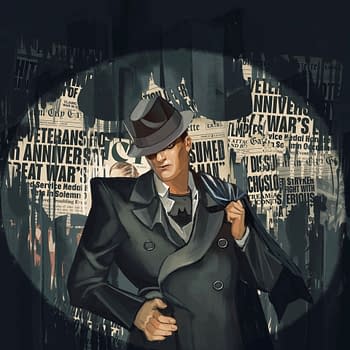Posted in: Comics, Marvel Comics, Review | Tagged: adam hughes, avengers, captain america, jg jones, leonardo romero, mark waid, Marvel Comics, matthew wilson, Paul Mounts, sci-fi, steve rogers, superheroes
Captain America #701 Review: A Long Walk for a Small Drink of Water
We receive a World War II flashback wherein Captain America and Bucky stop the Nazis from stealing the Super Soldier Serum. Afterwards, we are "in the present" of this story, which is a future where the world has become a paradise. The world is free, equal, and at peace. The Super Soldier Serum has been processed to improve the health and livelihood of everyone on the planet. Jack Rogers is the official historian for the White House, and his son has just undergone the treatment with the Serum. However, the younger Rogers' body is rejecting the Serum, and Jack knows there is something wrong.
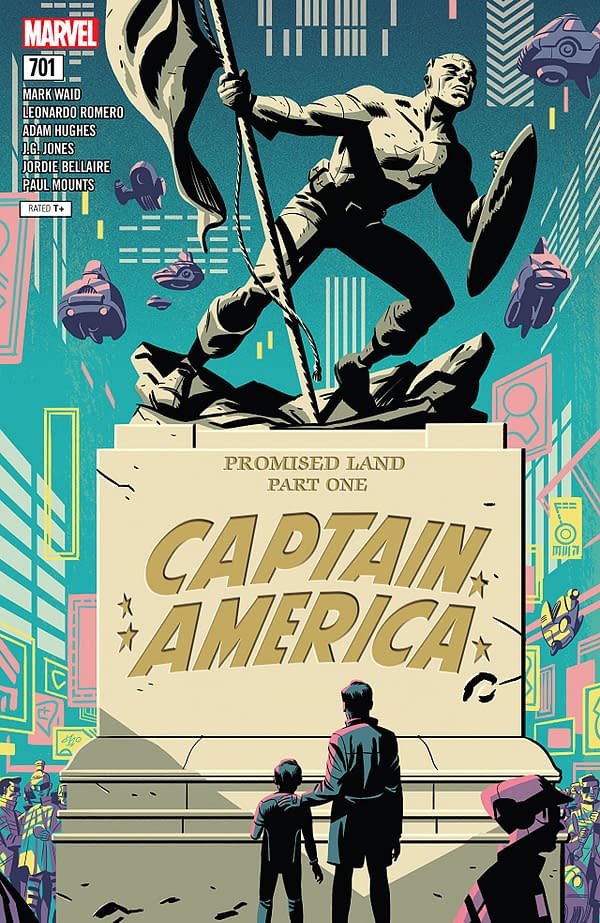
Mark Waid seems to have a predilection for writing possible future stories for Captain America¸ doesn't he?
This is an interesting potential future. It's a bit of a generic utopia; no explanation is given beyond the American Dream being "exported." There's jingoism in that explanation, but I'm willing to look past that.
What's harder to look past is the contrivance of this setup that goes nowhere of interest. There is a red herring subplot about a general unable to stop warring leads to just another threat of the "other."
That's the next bizarre thing about Captain America #701. All this setup goes to creating this vague utopia to only break it in the final act. It leaves you wondering why we went so far for this sip of water.

Leonardo Romero, JG Jones, and Adam Hughes split the art in this comic. Romero handles the bulk in the future, Hughes draws the World War II scene, and Jones constructs a flashback to the 1960's. Each artist does great work, even if Hughes' does go heavy on the T&A with Warrior Woman. Matthew Wilson, Paul Mounts, and Hughes cove the color art, and that looks quite good too.
Captain America #701 is a lengthy setup for an underwhelming finale. While the book isn't quite bad, it comes dangerously close to becoming dull, and that's the worst thing a story can do. The artists turn in great work, and I can still recommend the book, but it's not required reading.



